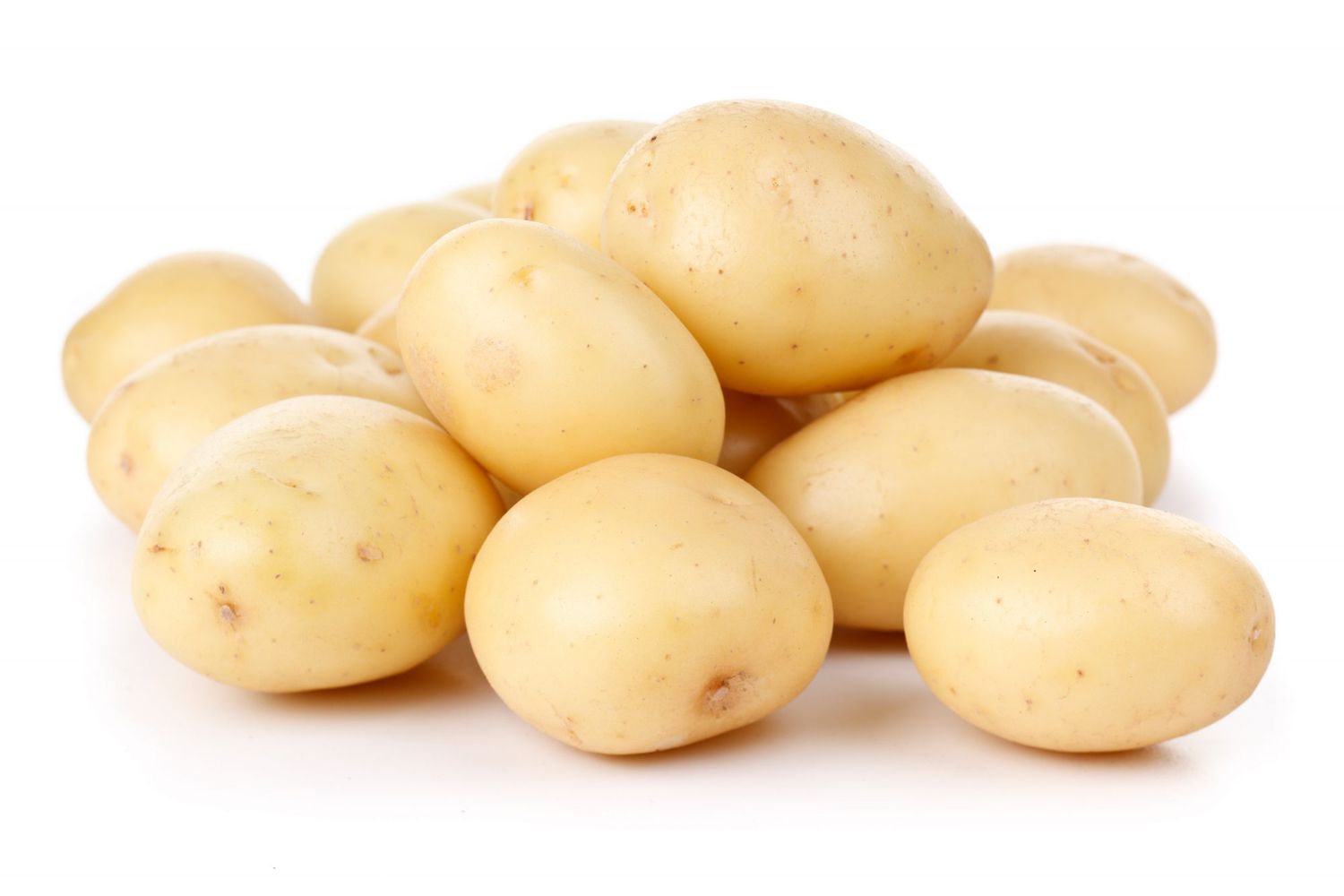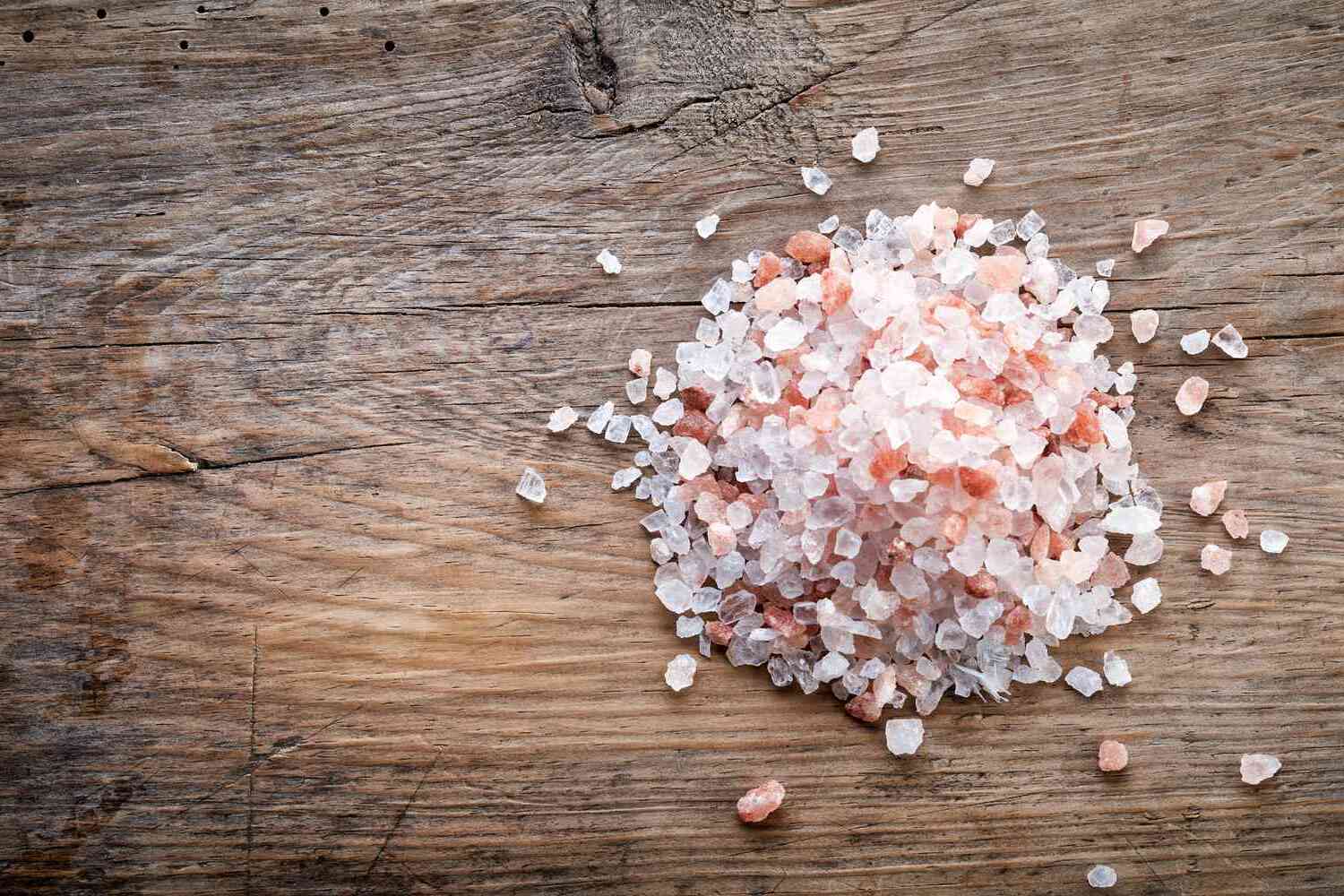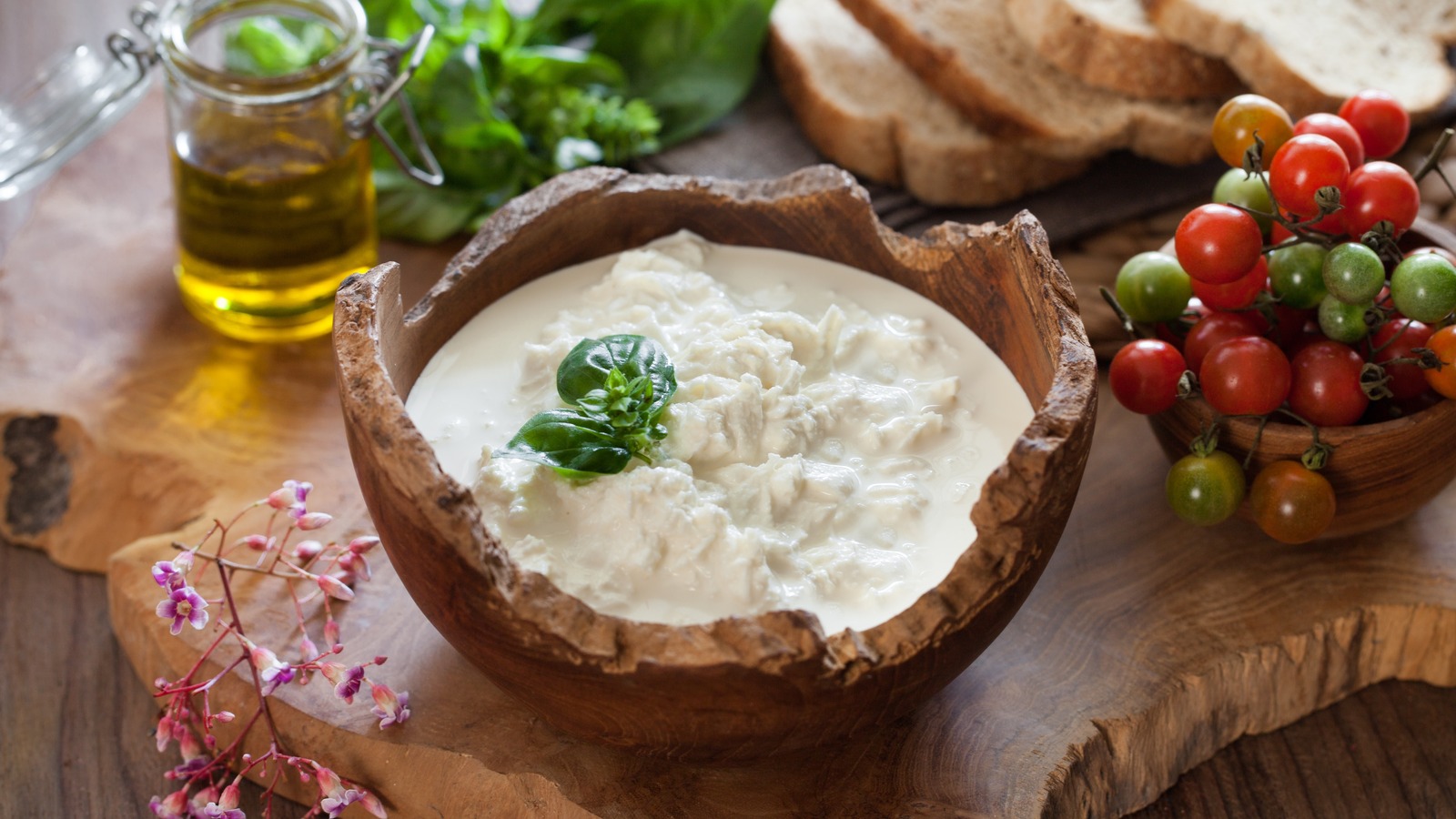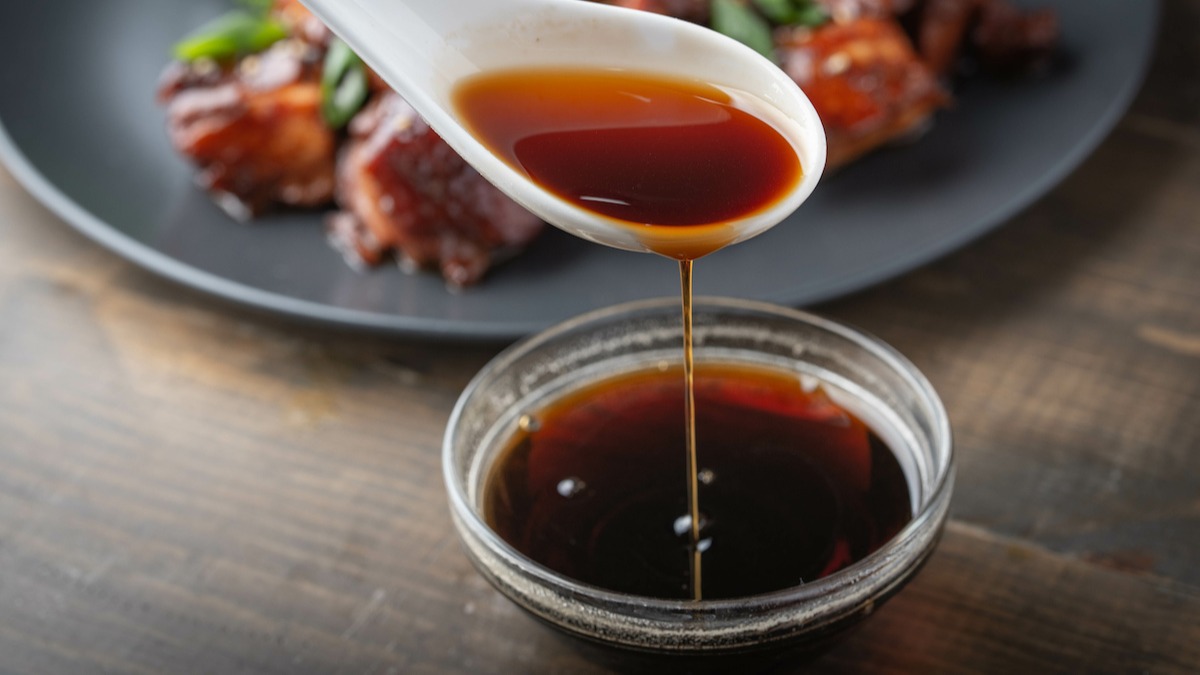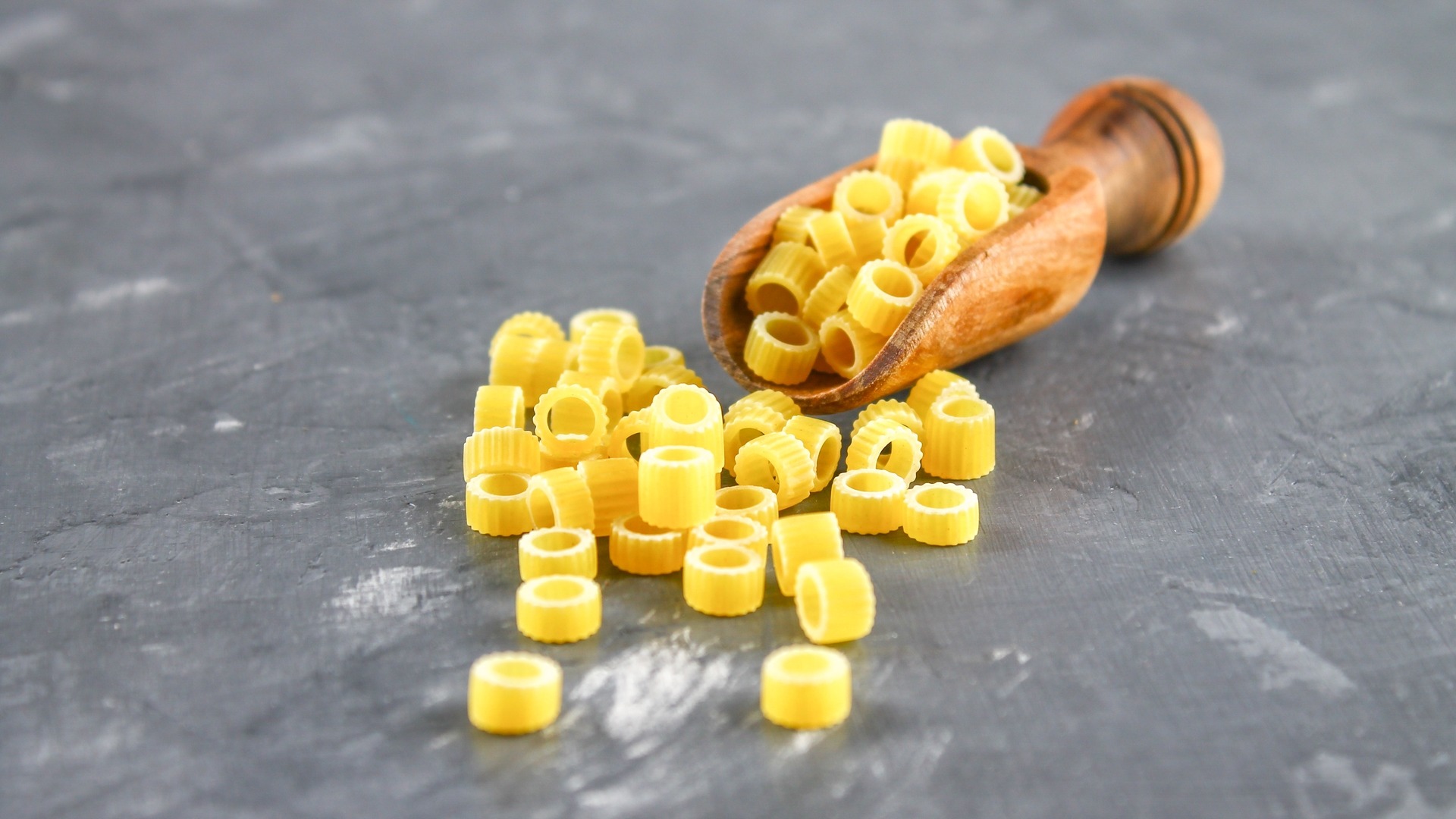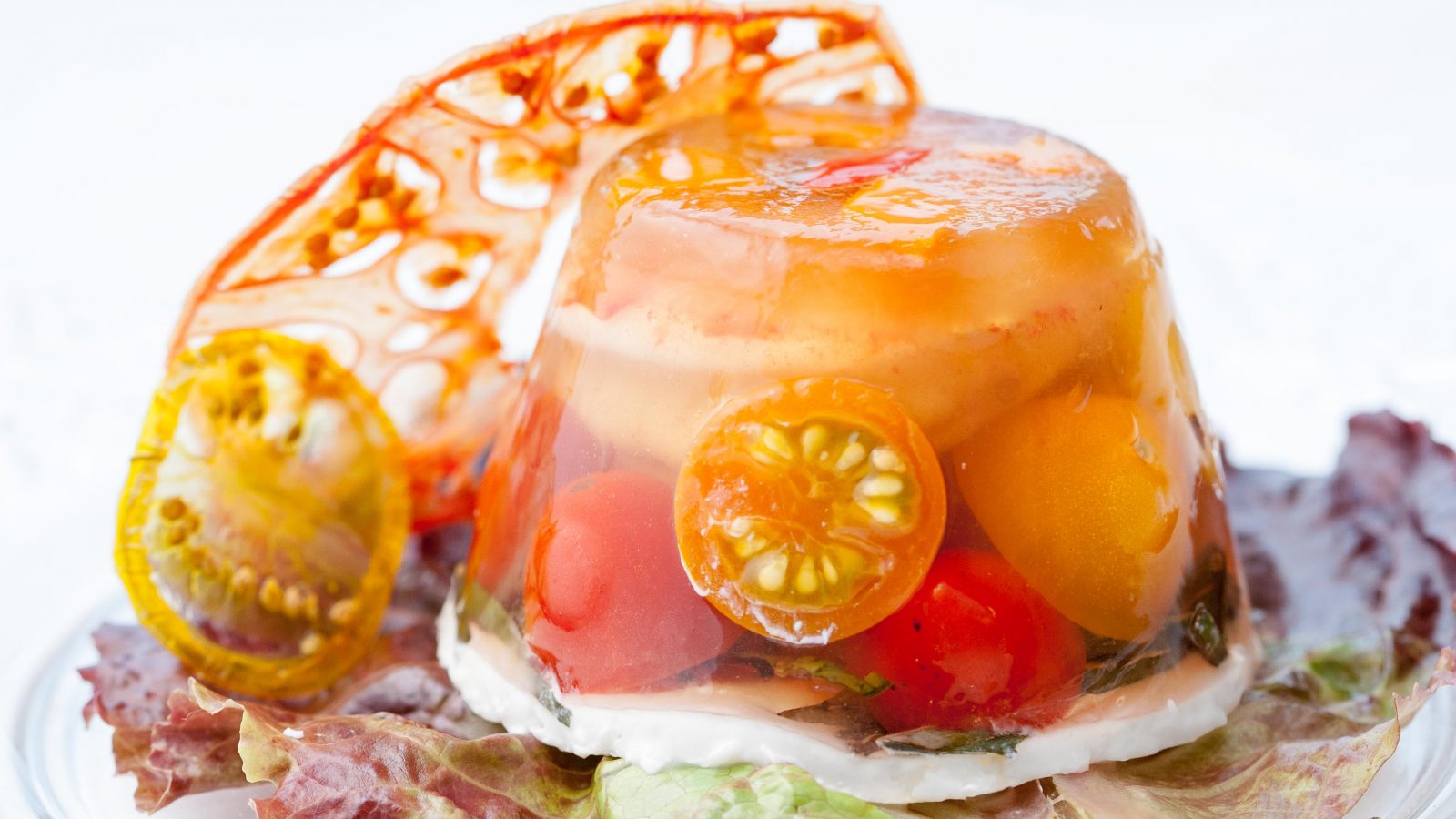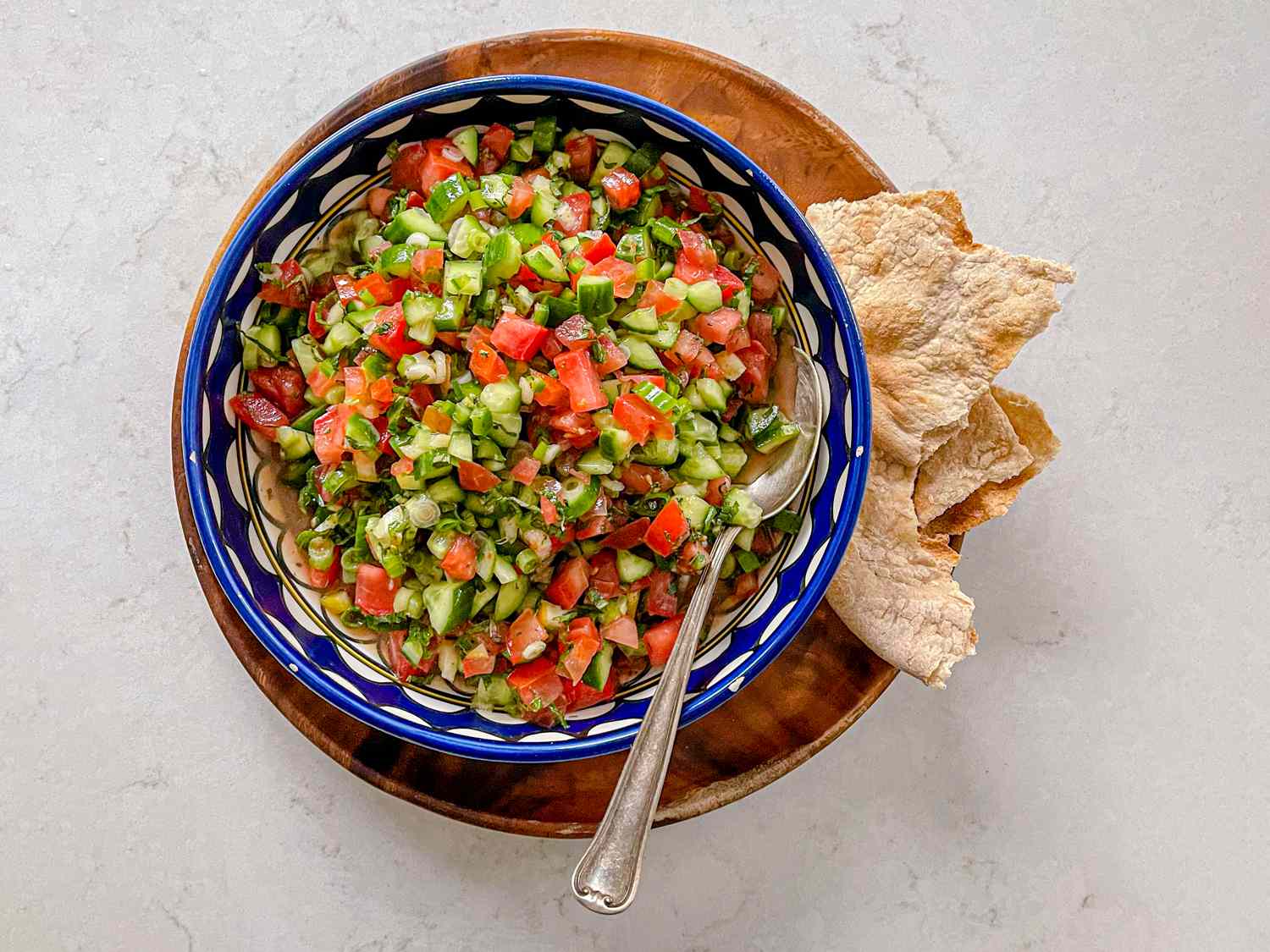Unveiling the Mystery: What Goes into Making Spam?
Spam is a popular canned meat product that has been a staple in many households for decades. It has a unique taste and texture that has sparked curiosity about what exactly goes into making this iconic food item. In this article, we will delve into the ingredients that make up Spam and explore the process of its creation.
The Ingredients
Spam is made from a combination of pork shoulder meat, ham, salt, water, potato starch, sugar, and sodium nitrite. These ingredients are carefully selected and blended to create the distinctive flavor and texture that Spam is known for.
Pork shoulder meat and ham form the base of Spam, providing the primary source of protein and flavor. The addition of salt and sugar helps to enhance the taste, while water is used to ensure the right level of moisture in the final product. Potato starch acts as a binder, helping to hold the ingredients together, while sodium nitrite is a curing agent that helps to preserve the meat and give Spam its characteristic pink color.
The Production Process
The production of Spam begins with the selection of high-quality pork shoulder meat and ham. These meats are then finely ground and mixed together with the other ingredients in precise proportions. The mixture is then formed into the familiar rectangular shape and placed into cans.
Once the cans are filled, they are sealed and cooked in a process known as retort cooking. This involves placing the cans in a high-pressure steam cooker, which cooks the meat while simultaneously sterilizing the product to ensure its safety and shelf stability.
After the cooking process is complete, the cans are cooled and labeled before being shipped out to stores for consumers to purchase and enjoy.
Conclusion
So, there you have it – the mystery of what goes into making Spam has been unveiled. The combination of pork shoulder meat, ham, and a few key ingredients come together to create the beloved canned meat product that has stood the test of time. Whether you enjoy it fried, grilled, or straight out of the can, Spam continues to hold a special place in the hearts and pantries of many around the world.
Next time you indulge in a serving of Spam, you can appreciate the careful selection of ingredients and the meticulous production process that goes into creating this iconic food item.
Was this page helpful?
Read Next: What Is The Alcohol Content In Rompope?
